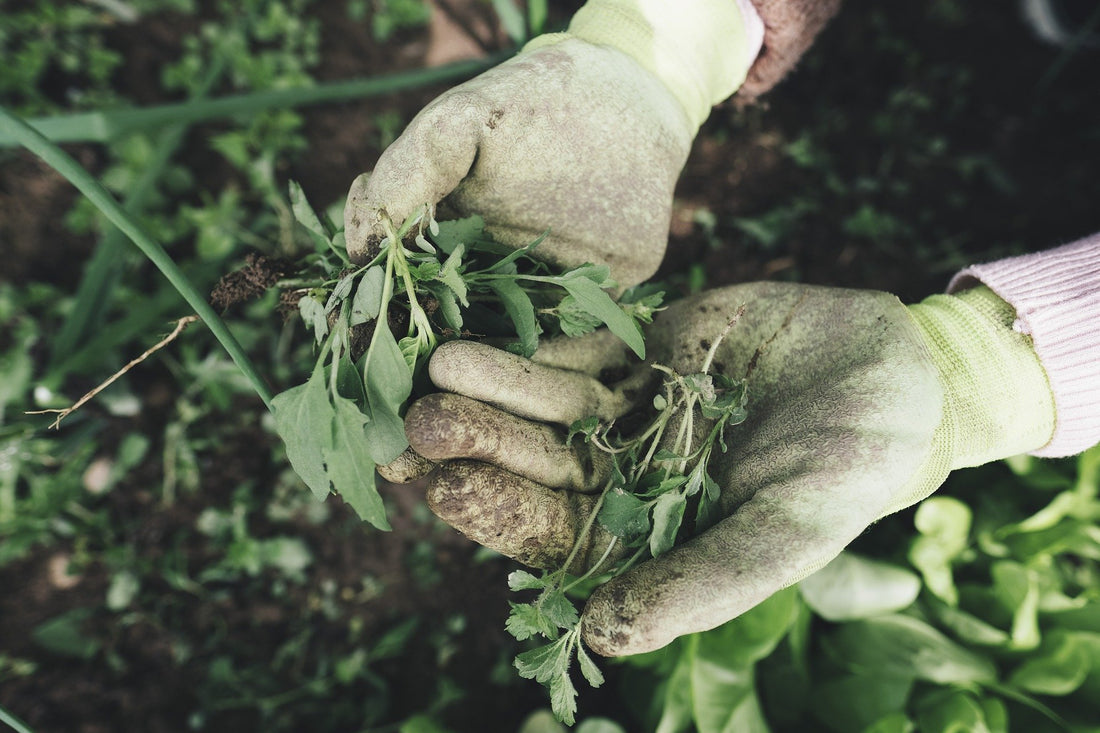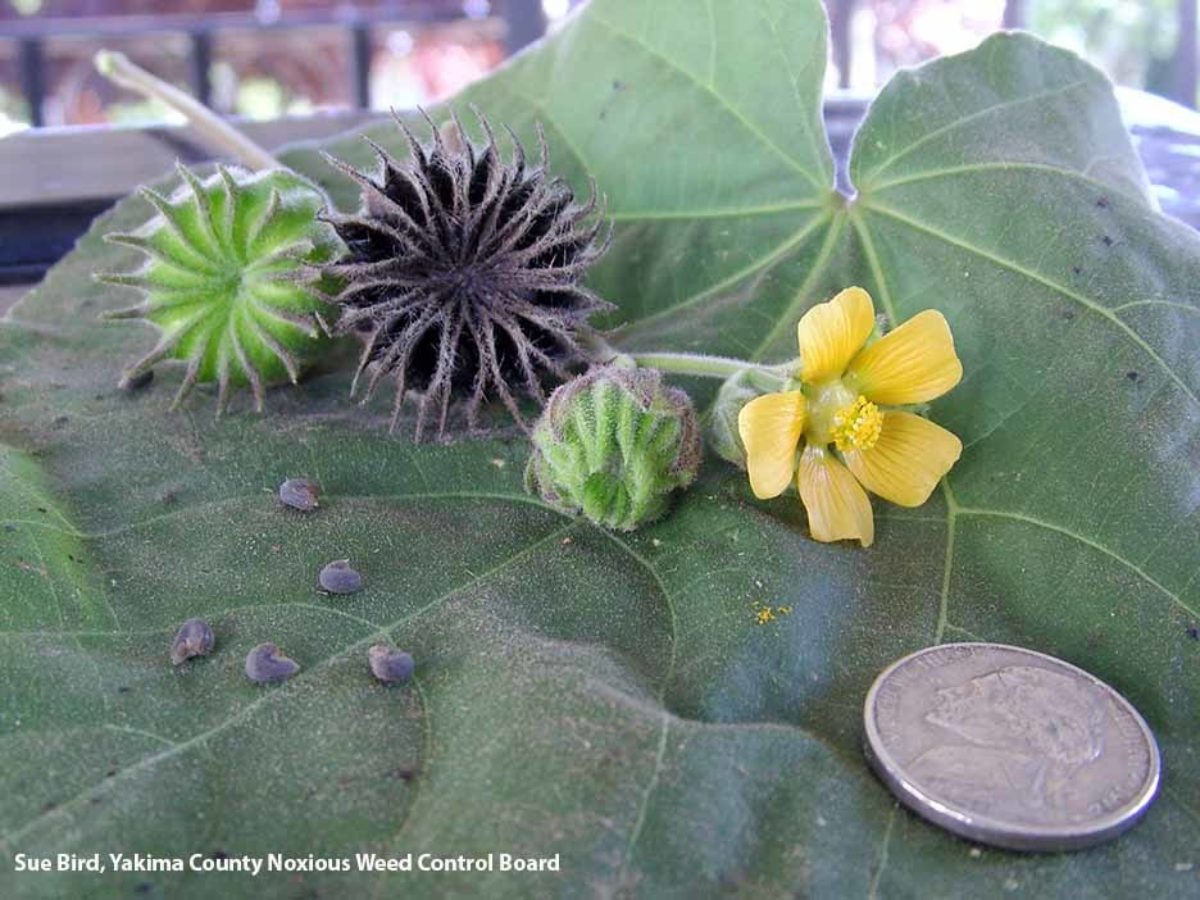
Changing This One Habit Can Help Decrease Weeds in Your Garden
Weeds are usually the first things that sprout at the start of the growing season and the last things to die at the end of it. Many vegetable gardeners ignore weeds before planting, after the harvest, and wait days or weeks to pull them during the season. This is a HUGE mistake.
Why? Because every time a weed reaches maturity, it drops its seeds into your garden. As you till, dig, rake, plant, weed, etc. these seeds mix into the soil adding to what is known as the "weed seed bank". Then, throughout the entire growing season, the weed seeds closest to the top germinate and grow - fast!
There can be tens of thousands or even millions of weed seeds in your garden right now - waiting to sprout. No wonder the weeding never seems to end! Take for example Purslane (Portulaca oleracea) which produces over 2 million seeds per plant (see picture below). Note: Purslane is edible, so your other option is to eat it and hope your family likes it - a lot!
Velvetleaf (Abutilon Theophrasti), pictured below, produces up to 17,000 seeds per plant which stay viable for 50-60 years - even after passing through an animal's digestive track. Ewww.

The good news, and bad news, is that most weeds produce tens of thousands, not millions of seeds per plant. Even so, you can see how important it is to not let any weeds in your garden go to seed - ever. Luckily, there are strategies to help stop adding to your weed seed bank and trying to deplete it over time. By successfully doing this consistently, each successive year will be less “weedy”.
These strategies include killing the seeds through solarization (placing a clear plastic tarp over the garden), lots of shallow hoeing to disrupt emerging/pre-emerging weeds at the beginning of the season, and near-constant hand weeding. Read The Ohio State University College of Food, Agricultural, and Environmental Sciences’ blog Stale Seedbed Technique for more in-depth information. Another great source is the Weed Science Society of America’s (WSSA) blog Never Let ‘Em Set Seed.
Sadly, no strategy will ever eliminate the weed seed bank because wind, rain, birds, and animals continually deposit new weed seeds. And since many of the techniques mentioned above take time and require a considerable amount of effort, they often are not followed as rigorously as required to have the desired effect. The strategies can also be difficult for gardeners who don’t have the time or physical strength to do them. That’s where Tertill can help.
Tertill weeds your garden autonomously every day throughout the entire growing season, year after year. Its large solar panel and rugged waterproof shell let it stay in the garden through all kinds of weather.
Tertill starts to weed with the push of a button and uses two strategies to control weeds:
- . As it moves about your garden for 1-2 hours a day, it’s specially designed wheels disrupt pre-emergent weeds, similar to the shallow hoeing strategy, but with less soil disruption. This is better since hoeing stirs up seeds deeper in the soil, bringing them up to the depth where they can germinate, starting the whole cycle over again. Tertill’s technique is more akin to how a well-traveled path doesn't grow weeds.
- If a weed does sprout, Tertill has an on-board whacker string that chops it down. And even if the weed sprouts again, Tertill will come back and chop it down again and again until the weed gives up and dies. Sorry (not sorry).
The important takeaway is that letting any weed go to seed in your garden at any time will add weed seeds into the soil, perpetuating the cycle of weeding. Use whatever strategy works best for you to keep weeds from reaching maturity.


